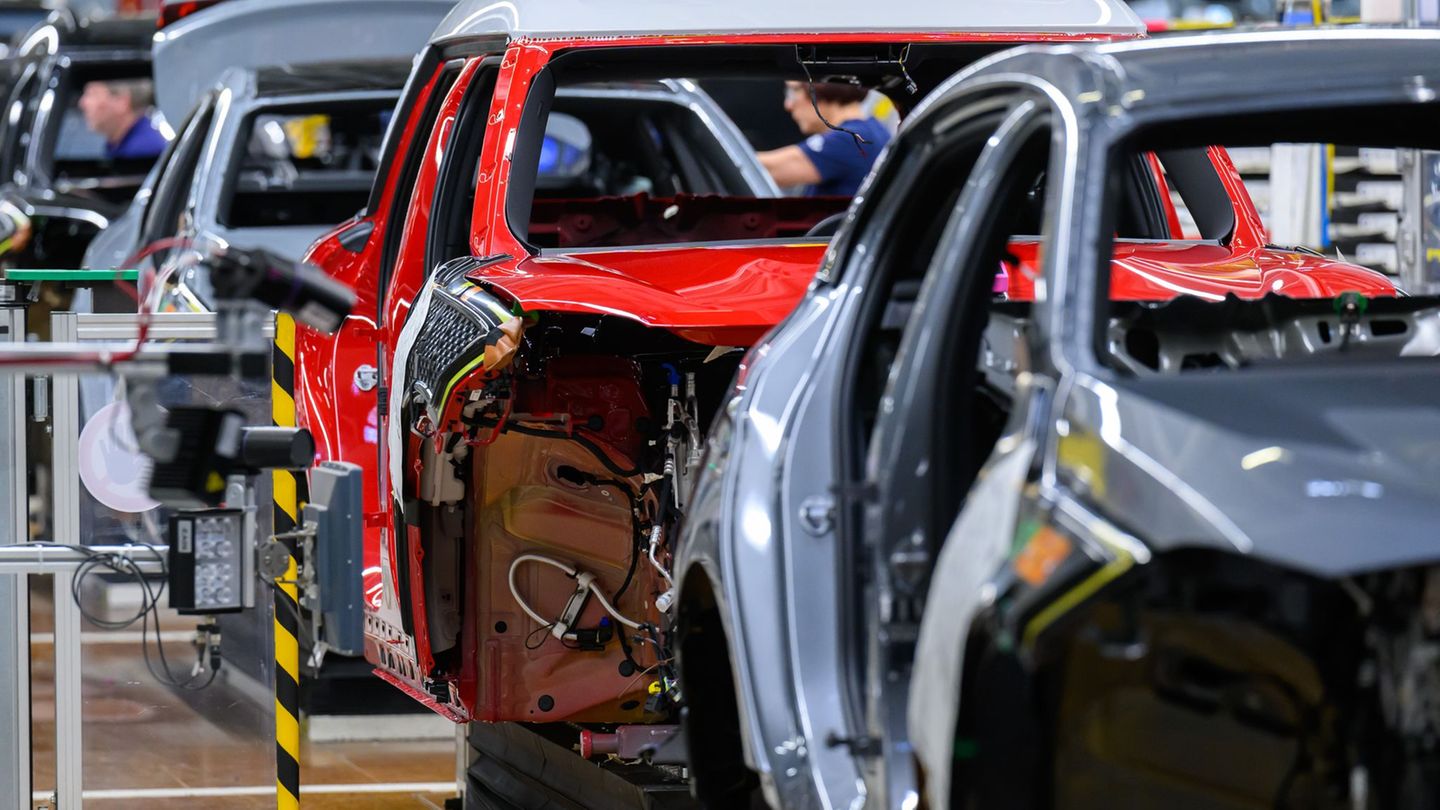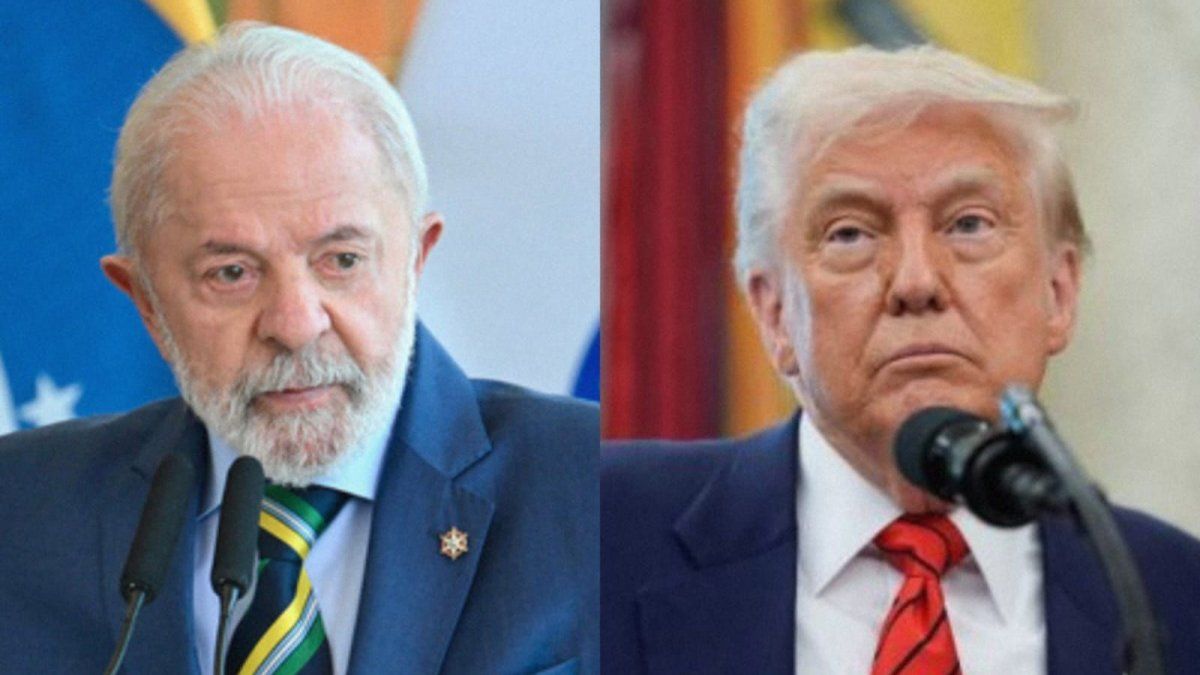According to the regulations of the Central Bank (BCRA), from the May 1, consumers will be able operate QR codes from different virtual wallets interchangeably when making payments with your credit cards in shops. But, due to commercial differences between the companies that have to provide the service, will not be enabled as expected.
The top player in the sector, Mercado Pago reported that it has not been able to reach an agreement with the banks credit card issuers and other wallets in terms of financing the costs imposed by the system.
“From Mercado Pago we carry out and finalize technological developments and technical tests within the deadline set by the BCRA regulation, and we are in a position to offer the interoperability of the QR code for credit cards in a secure manner,” the company reported.
Mercado Pago established its position
In a press release, the firm states that “our network is now available for all virtual wallets that wish to use it for credit card payments.”
“As happens in all services and relationships between actors in the payment system (for example, the ATM network), andThe use of the QR network has a cost”, adds the statement.
The note maintains in this sense that a system of this type “requires contractual agreements of terms and conditions between system actorswhere clauses of pfraud prevention, user security requirements, intellectual property and protection of personal data, among others”.
“After two rounds of proposalsto date most of the wallets and their issuing banks maintain their rejection of these clauses and refuse to accept the conditions for the interoperability of the QR with credit cards. This is the reason why it is not enabled yet,” says Mercado Pago.
The company adds: “We are sitting at a negotiating table ready to discuss the conditions, as we always did. This requires dialogue and the definition of reasonable conditions. We hope that this obstacle will be resolved soon.”
The signature note Marcos Galperin He recalled that “6 years ago Mercado Pago created the QR network in Argentina after an investment of more than US$33 million,”
“This allowed hundreds of Thousands of businesses will charge electronically for the first time“s and millions of Argentines chose the QR to pay, in an unprecedented advance of financial inclusion throughout the country,” justifies Mercado Pago.
How interoperability works
The company noted that it “promoted the single interoperable code standard for all players” and that in 2022 “it opened the network for payments with money on account.” “Since that moment, more than 75% of businesses received at least one interoperable payment,” the note says.
The measure that requires Interoperability in card payments was adopted last year by the Central Bank and ratified by the current authorities to promote competition in an expanding services and technology sector.
It is the most developed modality in European countries or the United States. where credit and debit cards are used less and less to make payments. Consumers use cell phones even to pay for public transportation fares.
qrcode-dalessio.png
Although the indistinct use of the cQR codes from different wallets is a measure that follows this trendin Argentina there is a lack of investments, they point out in the market, as is the case of improving internet connectivity and the development of 5G networks.
As pointed out in A report by the consulting firm D’Alesio IROL “the introduction of the interoperable QR represents a significant opening and appreciated by customers in the use of digital payment”.
A study of Payment Methods and Financing by the consulting firm directed by Eduardo D’Alessio reveals that the use of QR for payments continues to grow, especially among those under 45 years of age (77%) and also among half of the so-called “Silver Generation”. ” (50 to 65 years).
“Customers are looking for an easy payment experience in addition to feeling secure when making the transaction,” says the report, which indicates that “there is a predisposition to start and/or pay more frequently with QR if it could be integrated with any digital wallet available in the market.” market”.
The study says that 61% of those consulted would use the Qr code more frequently to pay for their consumption when they can be used indifferently.
Other modalities
In this regard, the Argentine Chamber of Non-Banking Financial Services Companies (CAESFI) He recalled that from May 1st, other modalities and services for wallet users will come into effect.
“Its aboutElimination of the Immediate Debit (Debin) system that many users of virtual wallets currently use to fund them and their replacement by another system called Pull Transfers; and the inclusion of Electronic Certificate for Term Deposits and Investments (CEDIP), “which will allow this type of placement to be used as a means of payment.”
He DEBIN It is the mechanism that was being used until now to “charge balance” to the wallet, but it was also used to commit scams. It is actually an authorization for a third party to collect an amount from their own account certain. Designed for commerce, some Scammers used devices to obtain a victim’s CBU to enter and empty their account.
“These initiatives were launched by the previous management of the BCRA and they will see the light after strong debates between the banking sector, fintechs and the regulator itself in the change of Government,” says the entity.
Source: Ambito




